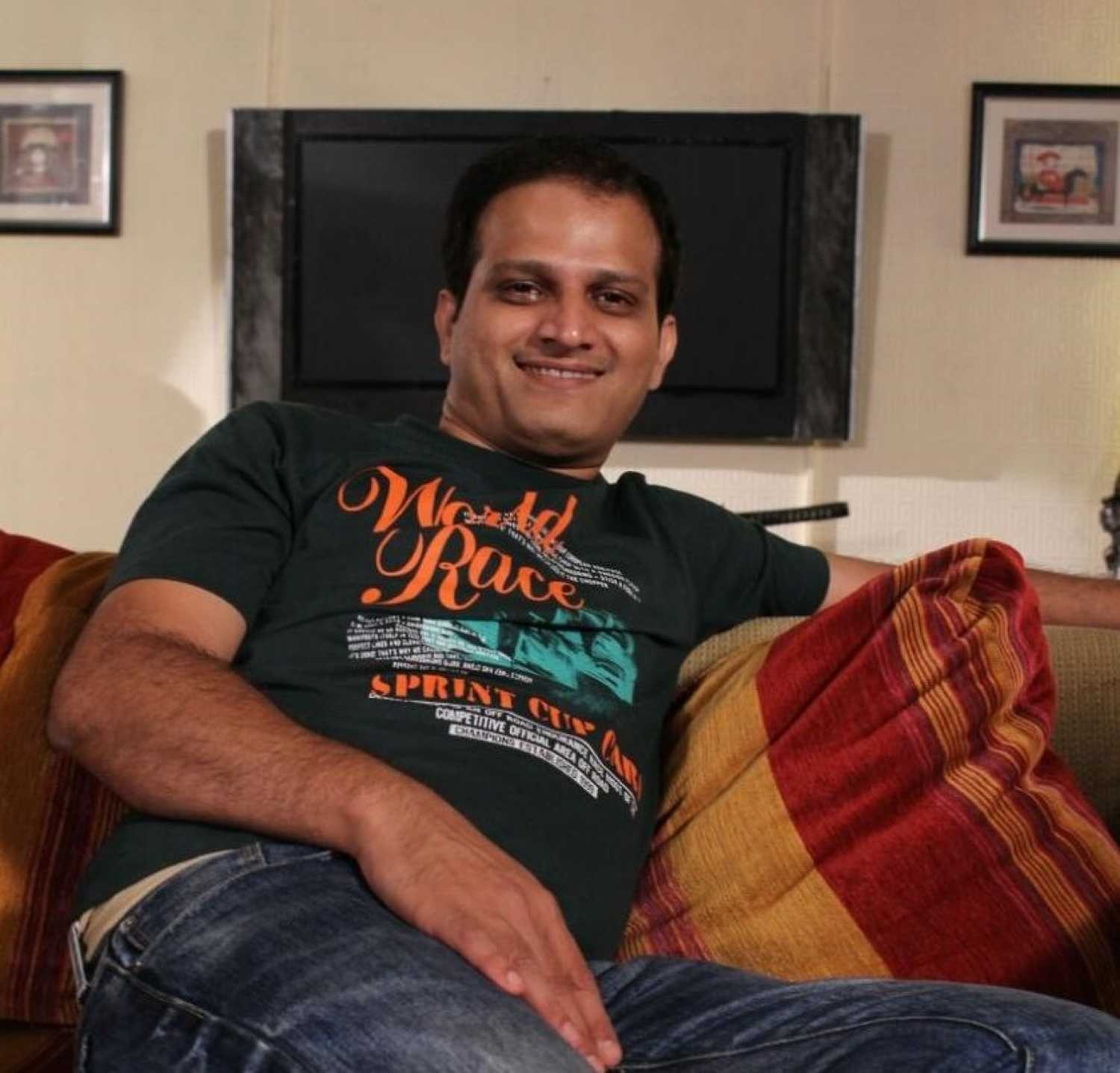The Ziprya director spoke exclusively to Cinestaan.com on how he adapted Arun Sadhu's novel by the same name to the big screen, and why he set it in contemporary times.
PIFF 2018: Marathi film producers can't afford to make a period film, says Kedar Vaidya
Pune - 19 Jan 2018 9:00 IST


Suparna Thombare
Kedar Vaidya, who has previously worked as an assistant director on films like Jism (2003) and Aga Bai Arrecha! (2004), decided to make his directorial debut with a film adaptation of Arun Sadhu's popular novel from the 1970s, Zipyra.
The film, which premiered at the 16th Pune International Film Festival (PIFF), tells the story of a group of boot-polish boys at Mumbai's railway station.
While Sadhu passed away in September 2017, his wife and daughter, were happy with Vaidya's film .
The director had to contemporize the story and make it relevant for today's audience. The scale of the film is big and the shooting took over two years, as many hurdles kept coming in the way.
Vaidya spoke to Cinestaan.com about the process of adapting a popular novel for the big screen.

How did you pick and choose what you wanted to retain or discard from the book?
Honestly, I am not a mass communication or film student. Initially, I came into this field only for the money. This book was given to me by my friend. At that time I didn't even have a television set at home, (in) around 1994. So reading was my only hobby at that time. I was doing a small job at the point.
When I read the book by Arun Sadhu, I could relate to it because I used to travel by train every day. I used to see these boys working at the railway station every day. So when I thought of making a film on it, I never thought about what part I want to include or what parts I want to leave out.
You won't believe it, but when I sat down to write, I directly started breaking it down scene-wise. I didn't write the story or anything. Everything just started appearing before my eyes.
Which parts from the book did you change at the outset?
After I wrote the story and got a producer on board, Sadhu sir said, 'I don't want to give my rights.' I almost thought of putting it aside.
But Deepak Karanjikar, who also plays the role of the school master in Zipyra, knows a lot of people in the literary world. He said we should talk to Sadhu sir again. He said that the reason why he was reluctant about giving film rights of the book was because a lot of people who tried earlier messed it up.
He then asked me to show him my draft. So I gave him what I had written. I didn't hear from him for about 15 days. I thought perhaps he didn't like what he read.
Suddenly one day, at 6 in the morning, I got a call from him. He said, "Sorry for disturbing your sleep" and then told me that he liked it and wanted to discuss it further.
When we met next, I told him that I had changed the end of the film for cinematic reasons. You can't keep it as is. Sadhu sir said that he had expected me to change some things, otherwise it would have become predictable. He was happy.
What was the reason for changing the ending?
When one incident has happened in the beginning and a similar incident happens again in the end, the audience may be able to predict it. I changed the end to break that prediction and to get them (audience) involved. Another important reason for the change is that what I have shown in the end is something that happens in Mumbai locals. So people will be able to relate to it.
This is a film that could have been made in Hindi quite easily...
After my initial years working in Hindi films, I would say, I honestly didn't have any connections in the Hindi film industry. Secondly, when you are making a Hindi film, star value becomes an important factor, otherwise distribution and release becomes difficult. Also, the novel is in Marathi and people who speak the language would value that literature.
Also, the novel is originally in Marathi. So I don't think I would have been able to do justice to it in Hindi. It is true that this is a kind of film which could have been made in Hindi, but I think it was important to be made in Marathi.
Amruta Subhash is surely one of the highlights of the film. What was the reason for casting her in the role of Ziprya's sister?
First of all, Amruta Subhash is my favourite actress. She has the power to nail any role. From whatever I have seen, she generally gets offered only certain kinds of roles, mainly serious roles. So I wanted to see her in a different role. I felt that Amruta would do great justice to this role.
The reason behind casting Prathamesh (Parab) was also the same. He is not only Dagdu (his character in Time Pass, 2014). He can do the kind of role he has done in Ziprya.
How much did the characters from the book change when they became a part of your movie?
I haven't changed the characters. The novel has been in written in the late 1970s. It wasn't possible for me to place the film in that era. Marathi producers can't afford to have the whole film set in an earlier period.
Sadhu had asked me at the time how I am going to depict that era. I told him this Ziprya will be placed in today's times. When I showed him the screenplay he told me that I had managed to contemporize the story without changing its core.
Related topics
Pune International Film Festival

